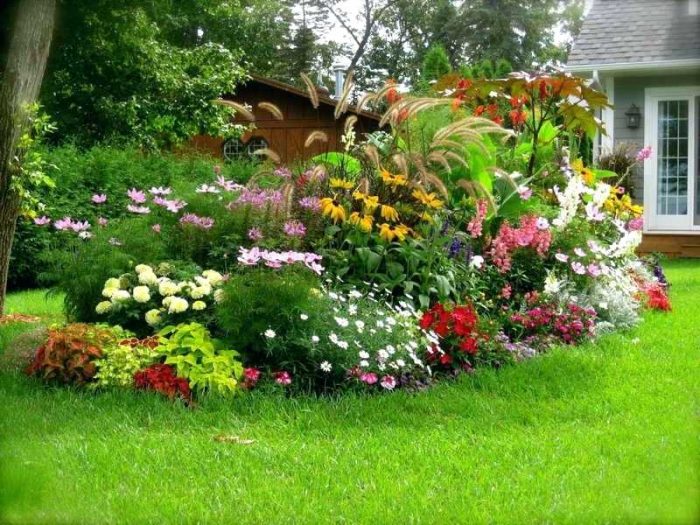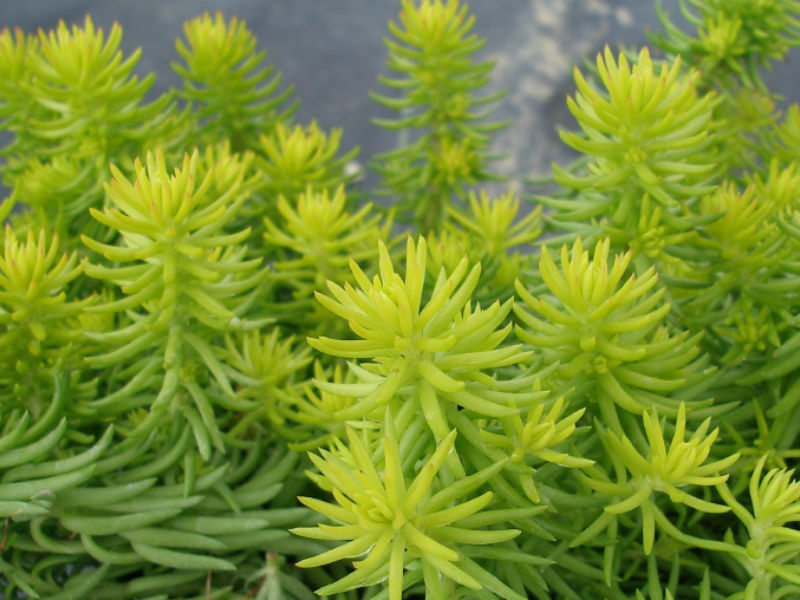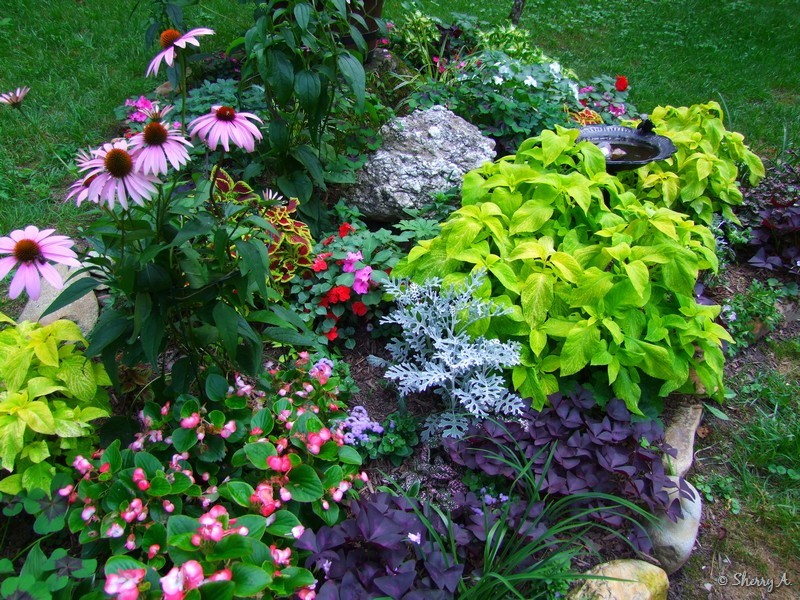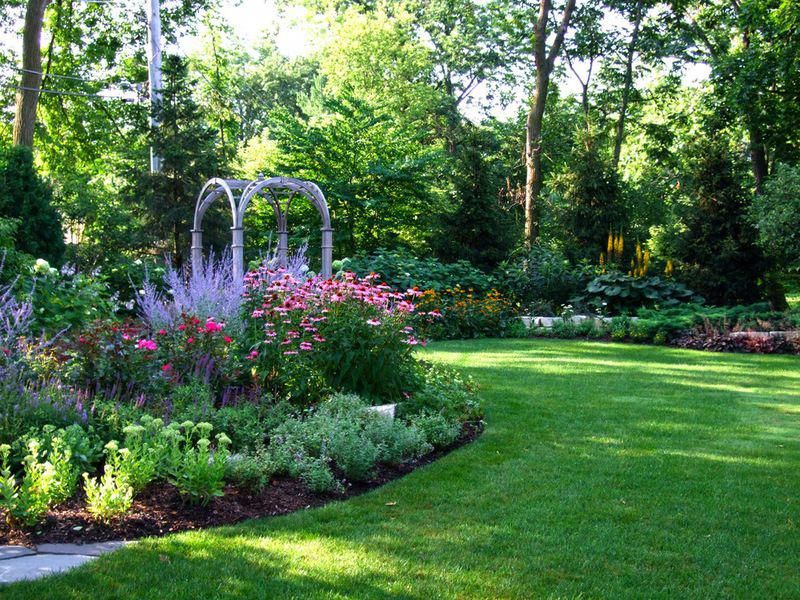“Imagine a beautiful flower garden drenched with color from early spring to fall. What could be better?”
Research The best flower garden should incorporate several types of blooms, including seasonal bulbs – tulips and daffodils are often the first signs of spring and they’re a fantastic motivation for the upcoming season, long-living perennials that come back each year – lavender, sedum, salvia and phlox to name a few, colorful annuals, such as marigolds, pansies, and petunias, and ornamental grasses, which can be great backdrops for your flowers and can bring color to your garden throughout the year. Know how different garden plants grow and perform, what they will need for sun or shade and what they can offer for colour and texture. Knowing this will give you a comfort level in creating your own garden design that will enhance the beauty of your home.
Create Before you start planting it is a good idea to plan ahead by creating a garden design. The easiest way is to make a drawing of your yard or garden. Most flowers need some sun, so keep that in mind when choosing your areas for planting. When designing your plan, you don’t have to get bogged down right away with details of listing every plant by name. Instead use groupings such as “sun-loving perennials,” “red and yellow bed,” or “shady plants”. 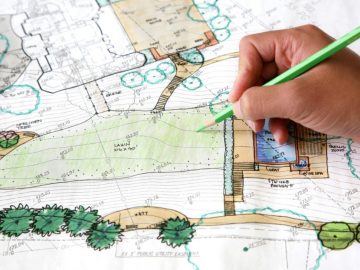
Plant Heights You will also have to consider height before making plant selections. For example, if your garden is a border along the house, the tallest plants will need to go in the back but shouldn’t be so tall that they block windows or doors. If your flower bed is an island, the tallest plants should go in the center with shorter plants to the outside. Some shorter plants can suffer when shaded by taller ones, so take the individual flower’s needs into consideration before making your selections. Plant from the back of the bed to the front. Plant shrubs and perennials at the same depth as they are in containers.
Space Flowers can be arranged in beds of almost any shape and size, from large rectangles to small corner beds. A short bed doesn’t need to be as deep – and a long bed will need more depth if possible. To get an idea of how the flower bed will fit into the rest of your landscape, use a garden hose to define the edges. Walk around the bed and see if you can access the plants in the middle or if there is need to include a path. You can arrange the potted plants on the bed to get a general idea of what the garden will look like. Remember to leave space between the plants to allow them to grow wider.
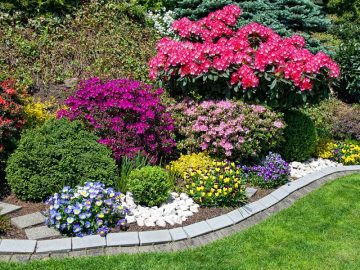 Focal Point Every garden bed, no matter how big or small, needs a focal point. Focal points give the eye a place to start before moving on to the rest of the flowerbed. That may mean anchoring your bed with boxwood shrubs on the corners or planting a flowering shrub in the middle. It is best to plant your flowers in groups of odd numbers, such as 3 or 5 together, as opposed to 1 here and 2 there. It brings more unity to your garden and is more eye-pleasing. Keep in mind that large perennials and shrubs can hold their own without the need to be grouped.
Focal Point Every garden bed, no matter how big or small, needs a focal point. Focal points give the eye a place to start before moving on to the rest of the flowerbed. That may mean anchoring your bed with boxwood shrubs on the corners or planting a flowering shrub in the middle. It is best to plant your flowers in groups of odd numbers, such as 3 or 5 together, as opposed to 1 here and 2 there. It brings more unity to your garden and is more eye-pleasing. Keep in mind that large perennials and shrubs can hold their own without the need to be grouped.
A general rule of thumb for the practical side of designing is to group plants with similar growing requirements together. This includes sunlight, soil and watering needs. Grouping them together will reduce maintenance for you (saving you from dragging the garden hose around unnecessarily, etc.). Plants can be said to “go together” if they share, for example: a need for lots of sunlight, a tolerance for shade or if they can handle wet soil. 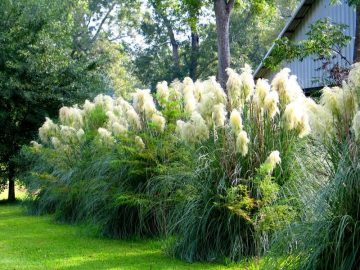
Bloom Times Well designed flower gardens should have abundant colour and staggered bloom times. Evaluate both factors before selecting your plants. You don’t want to create a garden that is full of color in summertime but bland during the fall. That is why it is important to combine different types of plants — shrubs that provide springtime blooms as well as summertime perennials along with bright colorful annuals that will last well into the fall. Trees, shrubs and grasses give your garden a backdrop and architecture.
Soil It is important to take the time before planting to ensure that you have good soil for growing your plants. Most plants thrive in moist, but well
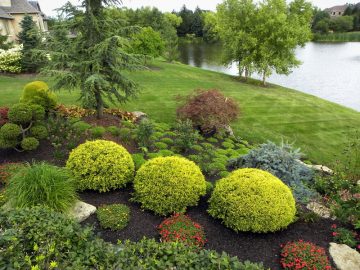
drained soil. This simply means that your soil should retain some moisture yet doesn’t stay too wet. Ideal garden soil has a crumbly texture and is easy to dig. The way to improve almost any kind of soil – from sticky clay to porous sandy soil – is actually the same. You add in 2-3 inches of composted manure which acts like a sponge to hold moisture in, breaking up sticky particles to create larger pore spaces that drain more easily and help plant roots get the air they need to grow.
Mulch spread 2-3 inches of mulch over the bed. It will help to retain moisture and suppress those weeds. Use an organic material which will add nutrients to the soil as it decays. Cedar bark mulch is an excellent choice, as the resins in it repel many insects and prevent fungal diseases.
To get some ideas for how to choose your colours for the garden you can use this link:
https://www.provenwinners.com/learn/basic-design-principles-using-color-garden

